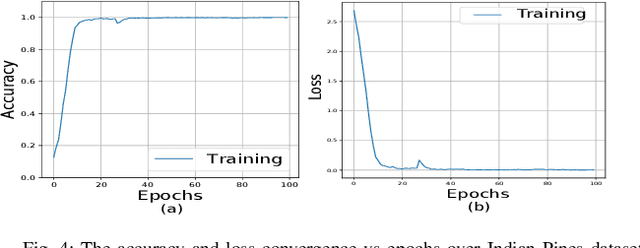Gopal Krishna
A Novel method for IDC Prediction in Breast Cancer Histopathology images using Deep Residual Neural Networks
Aug 20, 2019



Abstract:Invasive ductal carcinoma (IDC), which is also sometimes known as the infiltrating ductal carcinoma, is the most regular form of breast cancer. It accounts for about 80% of all breast cancers. According to the American Cancer Society, more than 180,000 women in the United States are diagnosed with invasive breast cancer each year. The survival rate associated with this form of cancer is about 77% to 93% depending on the stage at which they are being diagnosed. The invasiveness and the frequency of the occurrence of these disease makes it one of the difficult cancers to be diagnosed. Our proposed methodology involves diagnosing the invasive ductal carcinoma with a deep residual convolution network to classify the IDC affected histopathological images from the normal images. The dataset for the purpose used is a benchmark dataset known as the Breast Histopathology Images. The microscopic RGB images are converted into a seven channel image matrix, which is then fed to the network. The proposed model produces a 99.29% accurate approach towards the prediction of IDC in the histopathology images with an AUROC score of 0.9996. Classification ability of the model is tested using standard performance metrics.
HybridSN: Exploring 3D-2D CNN Feature Hierarchy for Hyperspectral Image Classification
Feb 19, 2019



Abstract:Hyperspectral image (HSI) classification is widely used for the analysis of remotely sensed images. Hyperspectral imagery includes varying bands of images. Convolutional Neural Network (CNN) is one of the most frequently used deep learning based methods for visual data processing. The use of CNN for HSI classification is also visible in recent works. These approaches are mostly based on 2D CNN. Whereas, the HSI classification performance is highly dependent on both spatial and spectral information. Very few methods have utilized the 3D CNN because of increased computational complexity. This letter proposes a Hybrid Spectral Convolutional Neural Network (HybridSN) for HSI classification. Basically, the HybridSN is a spectral-spatial 3D-CNN followed by spatial 2D-CNN. The 3D-CNN facilitates the joint spatial-spectral feature representation from a stack of spectral bands. The 2D-CNN on top of the 3D-CNN further learns more abstract level spatial representation. Moreover, the use of hybrid CNNs reduces the complexity of the model compared to 3D-CNN alone. To test the performance of this hybrid approach, very rigorous HSI classification experiments are performed over Indian Pines, Pavia University and Salinas Scene remote sensing datasets. The results are compared with the state-of-the-art hand-crafted as well as end-to-end deep learning based methods. A very satisfactory performance is obtained using the proposed HybridSN for HSI classification. The source code can be found at \url{https://github.com/gokriznastic/HybridSN}.
 Add to Chrome
Add to Chrome Add to Firefox
Add to Firefox Add to Edge
Add to Edge